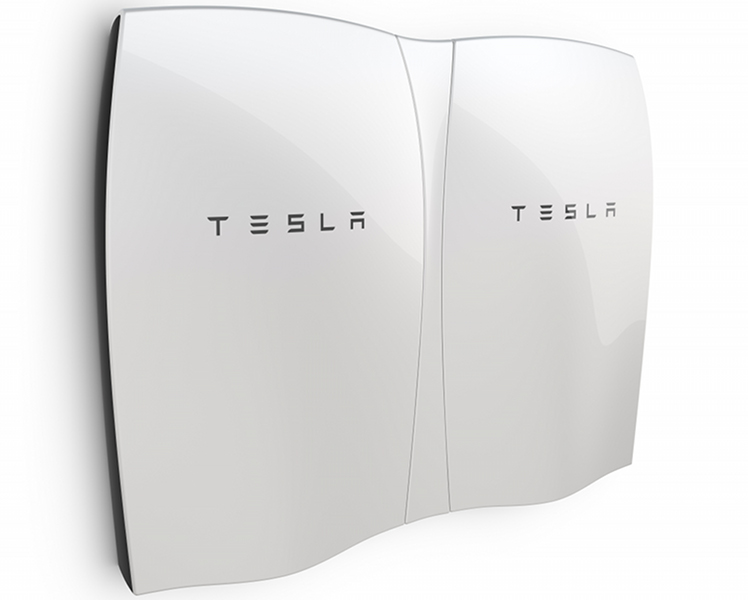Every year, BuildingGreen names the ten best green building products that, as the publication states, “transform the design and construction industry” by helping to solve environmental problems, from reducing greenhouse gas emissions to finding durable and safe materials.
A urinal, bike rack, ventless dryer, and a chair made of mushroom roots made the cut. For more on this year’s list, click here. Here are the 2014 and 2015 editions.
Honeywell’s Solstice Liquid Blowing Agent — Based on hydrofluoroolefin technology, it replaces a high global warming potential blowing agent, HFC-245fa, found in spray polyurethane foam. Solstice has a 100-year GWP of 1, which means it is equal to carbon dioxide in terms of global warming potential. The product is used by Whirlpool in appliance lines, as well as for Lapolla’s Foam-Lok 2000 4G SPF wall insulation, and Henry-West Development Group’s 3012-EB-3 SPF roof insulation.
Whirlpool HybridCare Ventless Clothes Dryer — The ventless heat-pump dryer improves efficiency by using a refrigeration loop that condenses moisture from the drum and returns excess heat energy. HybridCare saves on HVAC energy, providing 40% energy savings over a standard dryer.
Sloan Hybrid Urinal — The urinal uses a water-free cartridge and automatic rinser to keep it clean and odor-free. The unit’s Velocity cartridge pumps liquid through it and out the drainpipe, lessening buildup, while a water solution called Jetrinse is flushed every 72 hours to keep solids from forming in the housing and drain line.
Gunlocke Savor Guest Chair with Ecovative MycoBoard Backing — This guest chair is made from an engineered-wood alternative made from mushroom mycelium, a root, and is as strong and stable as a standard plywood- or particleboard-backed chair.
Duo-Gard Bike Racks and Shelters — The racks can be incorporated into a building to help it achieve LEED status. The shelters’ roofs are made of standing-seam metal or polycarbonate, and walls are made of polycarbonate, safety glass, perforated metal, or steel or aluminum mesh. Photovoltaic panels and LED lighting can also be included.
NuLED Power over Ethernet (PoE) Low-Voltage LED Lighting — The system uses DC power from a standard PoE network, and it can monitor and control LED power consumption and color temperature, all with less energy loss than AC systems.
Personal Comfort Systems Hyperchair — When HVAC systems can’t accommodate everyone’s preferred indoor temperature, this office chair provides personal heating and cooling powered by a lithium ion phosphate battery and controlled by a panel on chair’s arm.
Unity Homes High-Performance Panelized Homes — The high-performance panelized home system uses computer numeric control equipment to help create panelized wall systems and small prefab room modules to minimize thermal bridging. Unity Homes use energy-saving insulation and FSC-certified wood with low-VOC finishes.
Sanden Heat Pump Water Heater with CO2 Refrigerant — This heat-pump water heater uses CO2 as a refrigerant and creates water temperatures high enough for hydronic heating. It can deliver around 16,000 Btu/hr and can produce 149°F water.
Tesla Powerwall and Powerpack Onsite Energy Storage — The rechargeable lithium-ion battery system incorporates liquid thermal management, battery management, and a DC–DC converter. It has a 10 kWh unit optimized for weekly or backup use and a 7 kWh unit for daily use.
 Tesla’s Powerwall and Powerpack. Photo: Tesla (via BuildingGreen).
Tesla’s Powerwall and Powerpack. Photo: Tesla (via BuildingGreen).
Related Stories
Green | Apr 20, 2015
USGBC opens public comment period for LEED for existing multifamily buildings
The new LEED Operations and Maintenance: Multifamily program will offer solutions for existing multifamily projects with at least 20 units.
Cultural Facilities | Apr 16, 2015
Milwaukee’s Lakeshore State Park visitor center will be ‘off the grid’
The plans also include a built-in wastewater treatment system and rainwater collection.
Green | Apr 16, 2015
Passive House Institute introduces new categories for building certification
The new evaluation procedure considers the building in an environment where only renewable energy is used. Sun and wind provide the primary electricity.
Green | Apr 16, 2015
New version of Building Energy Data Exchange Specification launched
BEDES is a dictionary that facilitates consistent exchange of building characteristics and energy use data between tools and databases in the building energy efficiency sector.
Green | Apr 14, 2015
USGBC will recognize energy and water standards for the Living Building Challenge
This move means that projects achieving the energy and water requirements in Living Building Challenge will be considered as technically equivalent to LEED.
Green | Apr 7, 2015
USGBC survey shows Fortune 200 companies prioritize green building
The world’s top-performing companies are prioritizing sustainability as part of their corporate social responsibility efforts, and a majority of them are using LEED to achieve their goals, according to the new survey.
Codes and Standards | Apr 6, 2015
DOE releases Better Buildings Workforce Guidelines
The guidelines are aimed at strengthening and streamlining commercial building workforce training and certification programs for workers in energy auditing, building commissioning, building operations, and energy management.
Green | Apr 3, 2015
Georgia may ban use of LEED on state buildings
Georgia's state legislature is considering a measure to require all state buildings to only use green building standards that permit the use of Georgia's lumber.
Green | Apr 3, 2015
Energy benchmarking law helps make D.C. top ranked Energy Star city
First-in-the-nation law requires public reporting of annual energy performance
Green | Apr 1, 2015
Global wind power installations expected to slow through 2019
After a 20% falloff in 2013, the global wind power industry made a strong comeback in 2014, with a record 51.2 gigawatts installed. But a new report from Navigant Research forecasts a curtailment in growth.














